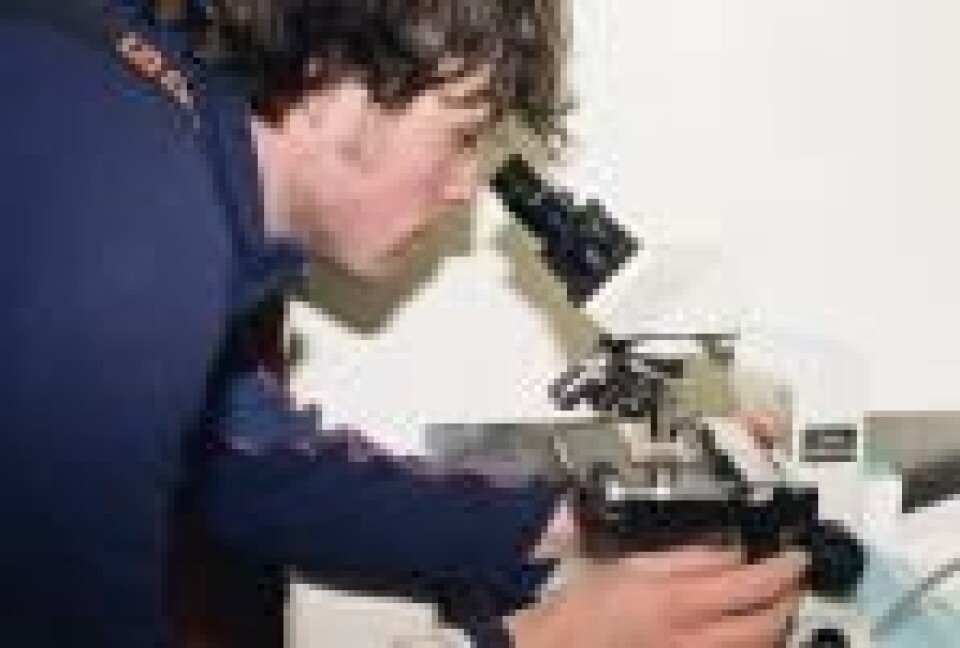
Salmon farm activist corrected- again
It isn’t the first time that professional fish health personnel has provided corrections to erroneous outbursts by the extreme environmentalist, and it likely won’t be the last. Back in November, 1998 Ms. Morton made headlines by asserting that a dead killer whale found on a beach in B.C. was “full of antibiotic-resistant bacteria from Fish Farm”. The Chief Veterinarian for the Province at the time, Dr. Jim Lewis provided the results of his autopsy of the whale, and a correction of her allegations. The whale actually succumbed to a generalized infection due to a bacteria commonly found in the marine environment through a malformed jaw that provided a portal of entry for the infection. The bacteria was not anti-biotic resistant, and “There is no basis to suggest that the agent originated from farmed salmon; in fact, the provincial veterinary diagnostic laboratory in Abbotsford has never recovered (this bacteria) from farmed fish”, said Dr. Lewis.
In 2002, Alexandra Morton reported to have a study of sea lice, where the main conclusion was that there were “many more sea lice on wild salmon near farms than in areas without farms”. While continuing to make this claim at a number of conferences and meetings, she had admitted to a federal government Habitat Management Biologist (Randy Lake) that she had not captured any wild salmon in the control area.
And in April, 2003 Ms. Morton was once again corrected by a government scientist after suggesting on a Vancouver radio show that (farmed) “Atlantic salmon are infected with IHN- ‘an infectious virus of the rabies family’. Department of Fisheries and Oceans virologist Dr. Garth Traxler wrote in a public letter to Ms. Morton that her statement was “imprecise and could create unfounded confusion and fear in the public mind”. Explaining that although belonging to the same, large rhabdovirus family, the IHN virus is in a group much different than rabies viruses, Dr. Traxler stated that “To try to draw an analogy between the two very different viruses because they are in the same family serves no purpose other than unnecessarily alarm members of the public”.
The latest falsehoods provided by Alexandra Morton- who now enjoys a honourary doctorate provided to her by the Simon Fraser University in Vancouver- were corrected this week in a letter to the Nanaimo Daily News, where another government scientist provides assurances that her claims about salmon viruses are simply incorrect. Dr. Gary Marty writes;
Re: ‘Government testing of salmon a flawed process’ ( Your Letters, Aug. 21). As the fish pathologist for the B.C. Ministry of Agriculture, I am disappointed to see Alexandra Morton continue to mislead readers with inaccurate statements about salmon diseases in British Columbia. She says that the farmed Atlantic salmon virus “infectious salmon anemia virus (ISAV) is one of these farm animal influenzas and it has spread everywhere large numbers of Atlantic salmon are raised in ocean pens.” This statement has two errors. First, ISAV is not an influenza virus; instead, it is an isavirus. And second, B.C. has millions of Atlantic salmon raised in ocean pens but no confirmed evidence of ISAV. This conclusion is supported by thousands of tests, including all results reported by Alexandra Morton.
Morton said that “I found (ISAV) in B.C.” This is not correct. It has now been 10 months since Morton first reported positive PCR test results for ISAV in fish that had no evidence of the disease ISA, but her test results have not confirmed either the ISA virus or the ISA disease. Unconfirmed PCR test results that are not related to disease are usually false positives. False positive test results are not a threat to either wild or farm salmon.
Morton also said that “during the (Cohen) inquiry we learned DFO found 100% of the Cultus Lake sockeye . . . had tested positive for this virus.” This is not correct. Researcher Molly Kibenge sequenced her PCR product and reported that “The sockeye clones do not resemble any ISAV isolate” and, they “show homology to short sequences of human, mouse, rat and zebrafish clones” (Cohen Commission Exhibit 2140). These results are called “nonspecific amplification.” It means that the test did not work properly and needs to be redone. Tests that do not work properly are not a threat to wild or farm salmon.
Finally, Morton says that “CFIA will not be testing the millions of farm salmon being raised among the wild salmon” and, “The status of these viruses in salmon farms will be left to the industry to report.” The first statement is misleading; the second is not correct. DFO’s website “Fish Health Management in the Pacific Region” clearly describes their extensive fish health program that tests for ISAV in fish that die on the farms. CFIA sees these results, and the B.C. Ministry of Agriculture runs these tests for DFO. So far this year, ISAV test results on all 341 farm salmon analysed as part of this program have been negative — no virus.
For early detection of disease, I estimate that testing fish that die on the farms is 400 times more sensitive than random testing of live fish or harvested fish. This means that this year, DFO has tested the equivalent of 136,400 of the supermarket fish tested by Morton. Alexandra Morton is a great story teller, but much of what she says is just that: a story. For the best information about salmon diseases and their control, I depend on CFIA, DFO, and the fish farm veterinarians.






















































